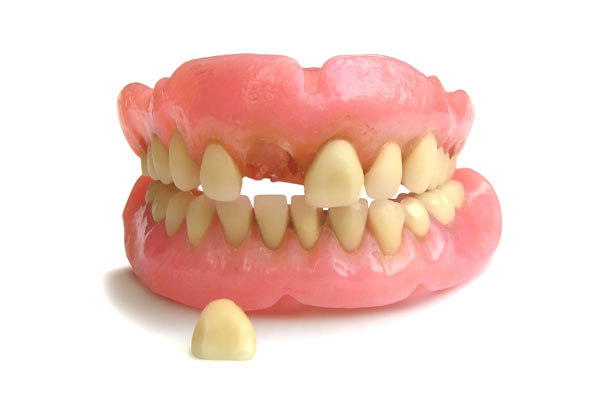When a Broken Tooth Will Require a Root Canal

A broken tooth can be the result of severe decay, cracks, or trauma. Continue reading to learn whether a root canal will be included in the repair process. A broken tooth means a portion of the tooth’s structure above the gum line has come off. You should visit a dentist immediately after the incident to have the tooth checked. In many cases, the tooth will require a dental crown for support.
Root canal treatment for a broken tooth
Dentists commonly perform root canal therapy for broken teeth. The possibility of the procedure depends on the type of breakage and the condition of the remaining tooth structure. The type of tooth affected also determines the possibility of root canal therapy.
The causes of breakage for a front-row tooth are often different from those for the back teeth. The most common cause of front-tooth fracture is trauma or physical injury. For fractures where the tooth pulp is not affected, a root canal will not be necessary, except if patients show signs of pulpitis (pulp infection). If the pulp gets exposed due to breakage, a root canal will certainly be necessary.
Sometimes, a root canal can be performed on a front tooth and some premolars as a preventive measure. If the dentist thinks the tooth requires a crown but lacks adequate healthy tooth structure, a root canal will be done before crown placement. A post is often placed down the now-empty canal in the tooth roots. A rubber-like material called gutta-percha covers the posts to create enough surface and support for the tooth structure to hold the dental crown. The placement of posts inside a tooth is only possible after removing the blood tissues and nerves.
In rare cases where the breakage happens on the root and not the crown, treatment is not possible, except when the fracture occurs closest to the root tip. Then, an advanced treatment like apicoectomy will be done instead of a root canal. However, the nerves will still be removed.
Treatment for back teeth
Back teeth often break due to severe tooth decay, failed restoration, or old tooth fillings. Since these teeth are larger than front teeth, post placement is usually unnecessary. Dentists usually perform a root canal on the back tooth if the nerves are exposed or if removing decay will expose the pulp. The extend of the breakage will determine if a root canal is possible. If the fracture reaches below the gum line or affects the tooth roots, tooth extraction will be required.
The roots of back teeth hardly break, compared to front teeth. Even if it happens, a root removal process can be done to save the tooth. Root removal is only possible for teeth with multiple roots like molars.
In summary
Root canal treatment is done to save a broken tooth and restore its health and function. Even if there is pulp exposure or severe decay, removing the pulp will make dental restoration with a dental crown possible. If you have broken a tooth, contact our dental office right away to schedule an appointment for treatment.
Request an appointment here: https://www.newyorkdentaloffice.com or call New York Dental Office at (212) 548-3261 for an appointment in our New York office.
Check out what others are saying about our services on Yelp: Read our Yelp reviews.
Recent Posts
The purpose of dental restorations is to replace permanent teeth that are lost. This can happen because of trauma to the tooth that renders it irreparable or decay that is so extensive that it requires extraction. There are several restoration options for replacing a missing tooth. Some are removable while others are permanently fixed in…
Dental inlays and crowns are two common restorative options for repairing damaged or decayed teeth. While both restore the tooth's functionality and appearance, they have different purposes and address different dental conditions. Both options are custom-made and provide durable solutions for restoring oral health and enhancing your smile. Understanding the differences between dental inlays and…
Restorative dentistry refers to any type of dental procedure that a dentist performs to restore a damaged or missing tooth. Dental restorations can encompass several procedures that vary in terms of invasiveness, complexity, and what they can accomplish. However, the overreaching goal of all restorative procedures is to improve the health, function, and appearance of…
Dental restorations are for patients with missing, weakened, fractured, or decayed teeth. A restoration replaces or repairs missing teeth or parts of the tooth's structure. If a tooth shows signs of decay or may cause trouble later, dentists can strengthen the tooth to avoid future issues. When it comes to dental restoration, two common types…



